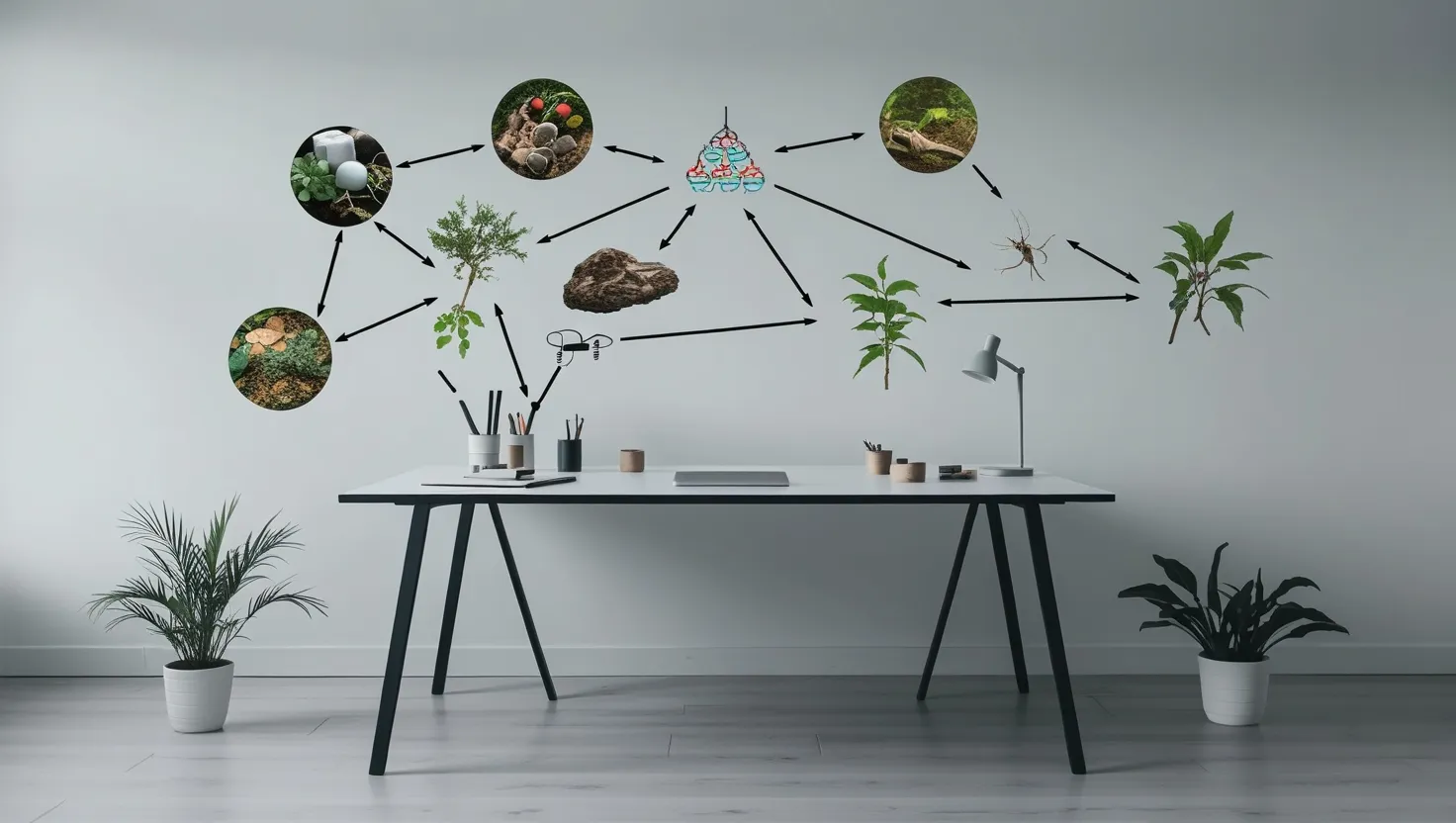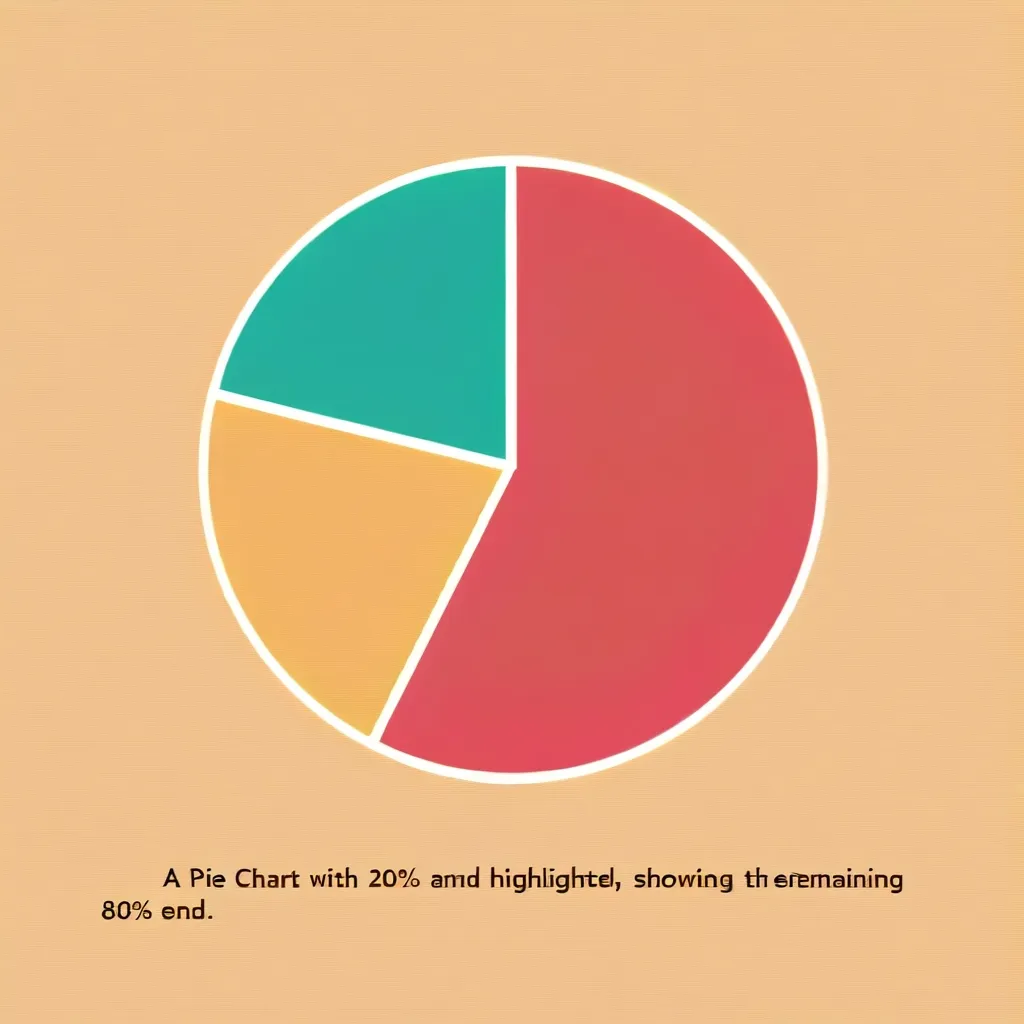Productivity Hacks: Ditching the To-Do List for Better Results
We’ve all been there. Staring at a never-ending to-do list, feeling overwhelmed and unsure where to start. It’s supposed to be our trusty productivity sidekick, but what if that list is actually holding us back? Let’s dive into why traditional to-do lists might be sabotaging our efficiency and explore some game-changing alternatives.
The To-Do List Trap
Picture this: You open your notebook or app, and there it is - a list of 20, 50, maybe even 100 tasks staring back at you. Your brain goes into overdrive, trying to process all those items at once. It’s like being at an all-you-can-eat buffet with way too many options. You end up spending more time deciding what to eat than actually enjoying your meal.
That’s exactly what happens with a cluttered to-do list. Your mind gets stuck in decision mode, paralyzed by the sheer volume of choices. You might find yourself reorganizing the list, adding new tasks, or worse - procrastinating because you don’t know where to begin.
The Multitasking Myth
Another pitfall of traditional to-do lists is the temptation to multitask. You see all those tasks and think, “I’ll just chip away at a few of these simultaneously.” Big mistake. Contrary to popular belief, multitasking isn’t a superpower - it’s a productivity killer.
When you jump between tasks, your brain has to constantly switch gears. It’s like trying to drive a car while simultaneously changing the radio station, checking your GPS, and texting (please don’t actually do this). You end up doing everything poorly and feeling exhausted.
Breaking Free from List Overload
So, how do we break free from the to-do list trap? It’s time to shift our focus from quantity to quality. Instead of a never-ending list, try these strategies:
- The Impact List
Start your day by asking yourself: “What’s the one thing I absolutely need to accomplish today?” This becomes your Impact Task - the big kahuna that moves the needle on your goals. Write it down and make it your top priority.
For example, if you’re a freelance writer, your Impact Task might be finishing that article draft you’ve been procrastinating on. Or if you’re a small business owner, it could be making those important client calls you’ve been putting off.
- Time Blocking
Instead of a vague list, schedule specific blocks of time for your tasks. It’s like making appointments with yourself. During each block, focus solely on that task - no distractions allowed.
Let’s say you’re a graphic designer. You might block out 9-11 AM for client work, 11-12 for answering emails, and 1-3 PM for your own creative projects. Stick to these time blocks religiously, and you’ll be amazed at how much you accomplish.
- The Two-List System
Divide your tasks into two categories: your Impact List (remember that?) and a separate To-Do List for smaller, routine tasks. This way, you’re not mixing big-picture items with everyday chores.
Your Impact List might include things like “Develop new marketing strategy” or “Write chapter 3 of my novel.” Your To-Do List could have items like “Buy groceries” or “Schedule dentist appointment.” By separating them, you ensure the important stuff doesn’t get lost in the shuffle.
- Single-Tasking
Once you’ve chosen a task to work on, give it your undivided attention. Close unnecessary browser tabs, put your phone on silent, and focus like a laser beam. It’s amazing how much you can accomplish when you’re not constantly switching between tasks.
Imagine you’re an accountant working on a complex tax return. Instead of bouncing between the return, your email, and social media, you dedicate a solid two hours just to the tax return. You’ll likely finish faster and with fewer errors.
- The Power of Breaks
It might seem counterintuitive, but taking regular breaks actually boosts productivity. Our brains aren’t designed for non-stop work. Schedule short breaks between your time blocks to recharge.
Try the Pomodoro Technique: Work for 25 minutes, then take a 5-minute break. After four “pomodoros,” take a longer 15-30 minute break. Use this time to stretch, grab a snack, or just zone out for a bit. You’ll come back to your tasks feeling refreshed and ready to tackle more.
Dealing with Distractions
Let’s face it - distractions are everywhere. That ping from your phone, the allure of social media, or even just the pile of laundry calling your name. To truly boost your productivity, you need to identify and eliminate these productivity vampires.
Make a list of your top distractions and brainstorm solutions. If social media is your weakness, use an app blocker during work hours. If noise is an issue, invest in some good noise-canceling headphones. Create an environment that supports focus, not fights against it.
Personal Touch: Making It Work for You
Remember, there’s no one-size-fits-all approach to productivity. The key is finding what works for you and your unique situation. Maybe you’re a night owl who does your best work after midnight. Or perhaps you’re a parent juggling work and family responsibilities.
Experiment with different strategies and tweak them to fit your life. For instance, if you’re a work-from-home parent, your Impact Task might be getting an hour of uninterrupted work done while the kids are napping. Your time blocks might revolve around your family’s schedule.
The goal is to create a system that feels natural and sustainable for you. Don’t be afraid to mix and match these strategies or come up with your own variations.
Real-World Application
Let’s put this into practice with a real-world example. Say you’re a freelance web designer named Alex. Here’s how Alex might apply these strategies:
Morning Routine: Alex starts the day by identifying their Impact Task - finishing the homepage design for a big client project. This becomes the top priority for the day.
Time Blocking: Alex’s schedule might look like this:
- 9-11 AM: Work on client homepage design (Impact Task)
- 11-12 PM: Answer emails and schedule meetings
- 1-3 PM: Work on smaller design projects
- 3-4 PM: Professional development (learning new design software)
Two-List System: Impact List: Finish homepage design, brainstorm new portfolio ideas To-Do List: Invoice clients, update website plugins, schedule dentist appointment
Single-Tasking: During the 9-11 AM block, Alex closes all unnecessary programs, puts their phone on silent, and focuses solely on the homepage design.
Breaks: After each time block, Alex takes a short break to stretch, grab a snack, or take a quick walk around the block.
Distraction Management: Alex uses a website blocker to prevent access to social media during work hours and has set up a dedicated workspace to minimize household distractions.
By implementing these strategies, Alex is able to make significant progress on important projects while still managing day-to-day tasks effectively.
Wrapping It Up
At the end of the day, productivity isn’t about crossing off a million items on a list. It’s about making meaningful progress on the things that truly matter. By ditching the traditional to-do list and embracing these alternative strategies, you can transform your workday from a stress-filled scramble to a focused, productive experience.
Remember, it’s okay to start small. Try implementing one or two of these strategies and see how they work for you. Over time, you can refine your approach and create a productivity system that helps you achieve your goals without the overwhelm.
So, are you ready to break free from the to-do list trap and unlock your true productive potential? Give these strategies a shot and watch your efficiency soar. Your future, more productive self will thank you!






